Unveiling Epic Warfare: Ten War Movies Like The Longest Day (1962)
If you are a fan of war films that capture the essence of heroism, strategy, and historical importance, «The Longest Day» (1962) offers a powerful portrayal of the D-Day invasion during World War II. With its ensemble cast and breathtaking cinematography, this classic film stands out as a timeless piece of cinema. If you enjoyed «The Longest Day,» you may wish to explore similar films that depict the brutal realities and dramatic narratives of warfare. Here are ten war movies that resonate with the themes and cinematic brilliance of «The Longest Day.»
- Saving Private Ryan (1998) — Renowned for its realistic battle scenes, this Steven Spielberg masterpiece follows a group of U.S. soldiers who venture behind enemy lines to rescue a paratrooper.
- Band of Brothers (2001) — Not technically a movie but a mini-series, this epic tale chronicles the experiences of Easy Company, a unit of American paratroopers from D-Day through World War II’s end.
- The Thin Red Line (1998) — Directed by Terrence Malick, this philosophical war film delves into the conflict in the Pacific during World War II, emphasizing the emotional struggles of soldiers.
- Full Metal Jacket (1987) — Kubrick’s brutal portrayal of the Vietnam War follows a group of Marines from their brutal training to the horrors of combat, showcasing the dehumanizing effects of war.
- Platoon (1986) — A gritty account of the Vietnam War, «Platoon» provides a raw depiction of the moral ambiguities faced by soldiers, based on Oliver Stone’s own experiences.
- Dunkirk (2017) — Christopher Nolan’s masterfully woven narrative tells the story of the Dunkirk evacuation during World War II, utilizing a non-linear storytelling technique to enhance tension.
- Black Hawk Down (2001) — This gripping account of a U.S. military mission gone awry in Somalia highlights the chaos and sacrifice experienced by soldiers during intense combat situations.
- 1917 (2019) — Masterfully shot to appear as one continuous take, this film immerses viewers in a perilous mission during World War I, emphasizing the urgency of time and danger.
- We Were Soldiers (2002) — Based on true events, this film portrays the first major battle between U.S. and North Vietnamese forces, focusing on leadership, courage, and family amid chaos.
- The Bridge on the River Kwai (1957) — A classic war film that explores captivity and the stoic bravery of soldiers tasked with constructing a bridge for their captors during World War II.
Each of these films brings a unique perspective to the genre, offering a blend of action, drama, and thought-provoking narratives that resonate with the themes presented in «The Longest Day.» Whether you seek intense battle sequences or heartfelt stories of valor, this list has something for every war movie enthusiast. Grab your popcorn and prepare for an exhilarating cinematic experience!
10 Fascinating Facts About The Longest Day (1962)
The Longest Day, released in 1962, is a remarkable war film that delves into the harrowing events of D-Day during World War II. Directed by Ken Annakin, Andrew Marton, and Bernhard Wicki, the film is known not only for its epic storytelling but also for its star-studded cast and groundbreaking filming techniques. Here are ten intriguing facts about this cinematic classic that are sure to enhance your viewing experience.
- A Star-Studded Ensemble: The Longest Day features an ensemble cast that includes some of Hollywood’s biggest names at the time, such as John Wayne, Robert Ryan, and Sean Connery. This star power helped to elevate the film’s profile and draw in audiences.
- International Collaboration: The film was a multinational effort, with contributions from Hollywood as well as French and German filmmakers. This collaborative spirit aimed to present a balanced perspective on D-Day and its impact on all involved parties.
- Groundbreaking Cinematography: With its use of wide-angle lenses and elaborate tracking shots, the film’s cinematography was innovative for its time. It allowed audiences to feel as though they were experiencing the action alongside the soldiers on the beach.
- Realistic Reenactments: The filmmakers went to great lengths to ensure authenticity, using actual military personnel as extras and conducting extensive research into the historical events being portrayed.
- Multiple Perspectives: The narrative is told through the eyes of various soldiers, commanders, and civilians, providing a multifaceted view of the events of D-Day. This storytelling technique helps to humanize the conflict and showcases the diverse experiences of those involved.
- Filming on Location: Many of the film’s key scenes were shot on location in France, specifically on the beaches of Normandy, where the actual landings took place. This attention to location added a layer of realism to the film.
- Historic Accuracy: The filmmakers strived for accuracy in their portrayals of the military strategies and events of D-Day, even consulting military historians to ensure factual representation.
- Box Office Success: Upon its release, The Longest Day was a commercial hit, grossing over $50 million worldwide. It remains one of the highest-grossing war films of its time.
- Academy Award Nomination: The Longest Day was nominated for two Academy Awards, one for Best Cinematography and one for Best Special Effects, highlighting its technical achievements.
- A Legacy of Remembrance: The film has become an enduring classic and is often used in educational settings to teach about the events of World War II, ensuring that the sacrifices of those who fought are not forgotten.
In conclusion, The Longest Day stands as a testament to the bravery and resilience displayed during one of history’s most significant military operations. Its commitment to authenticity, powerful performances, and innovative filmmaking continue to resonate with audiences today, making it a must-see for any war film enthusiast.


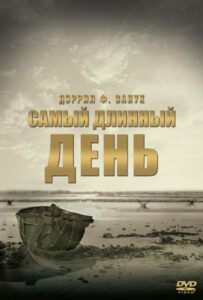

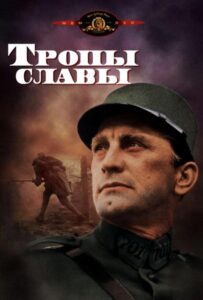
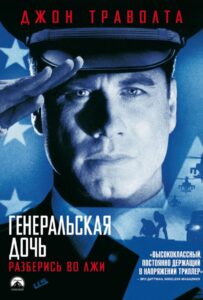
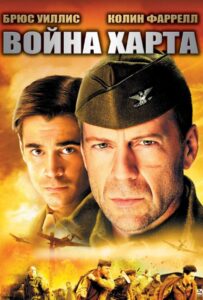
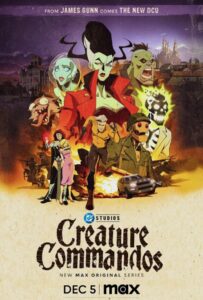
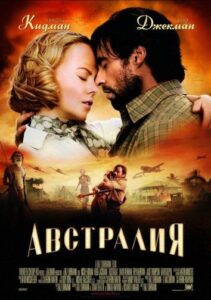
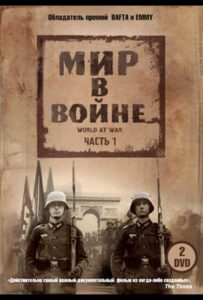


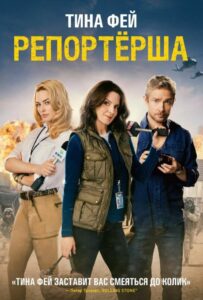
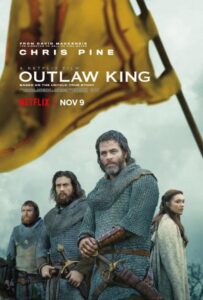
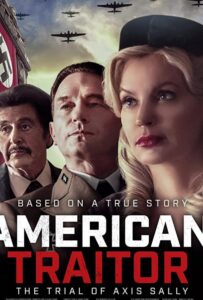
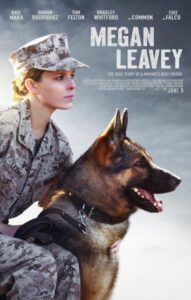
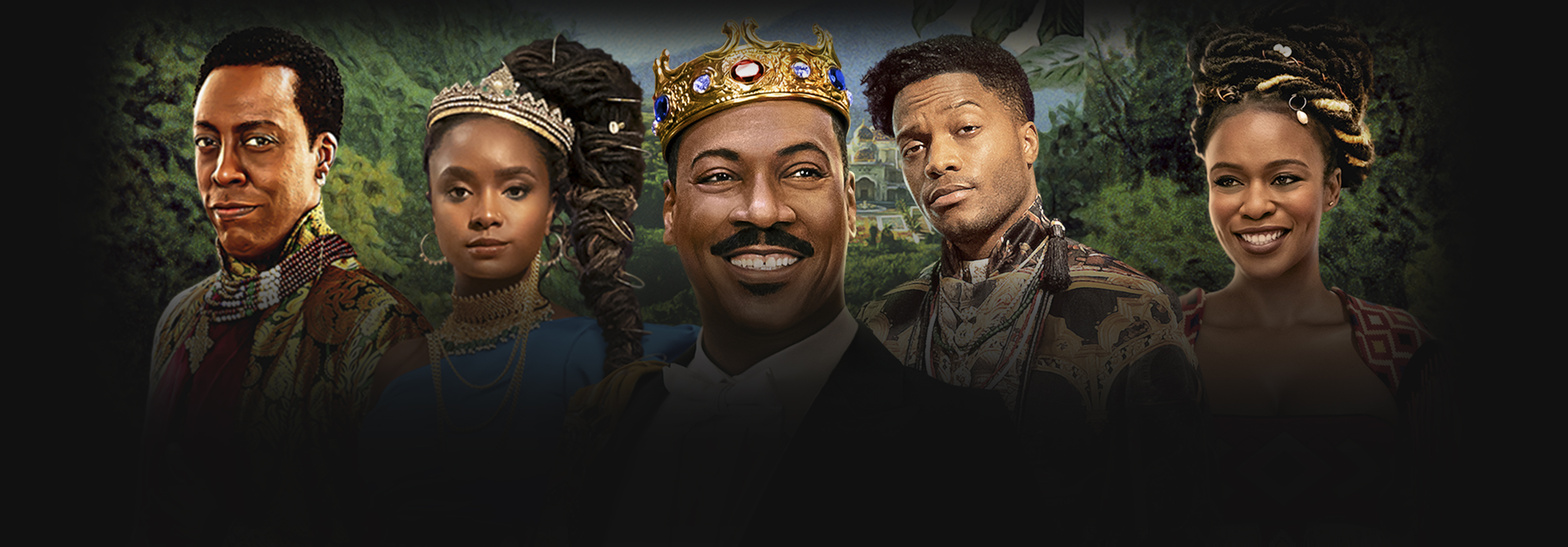
Оставь свой отзыв 💬
Комментариев пока нет, будьте первым!